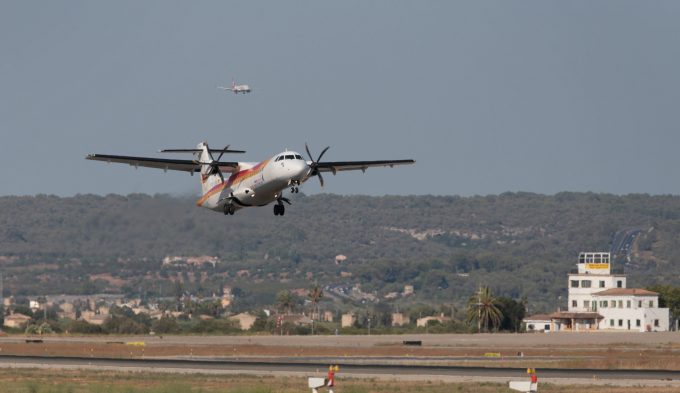Prime pollution: Amazon's climate pledge deemed worthless as emissions soar
Amazon’s climate pledge announced in September 2019 looks like a fig leaf in light of ...

Amazon’s freighter operations keep expanding at a double-digit rate, heralding some strategic shifts.
A new study, published by the Chaddick Institute for Metropolitan Development at DePaul University, has kept track of the progress of Amazon Air and shows turboprops entering the game, with widebodies for intercontinental ...

Comment on this article